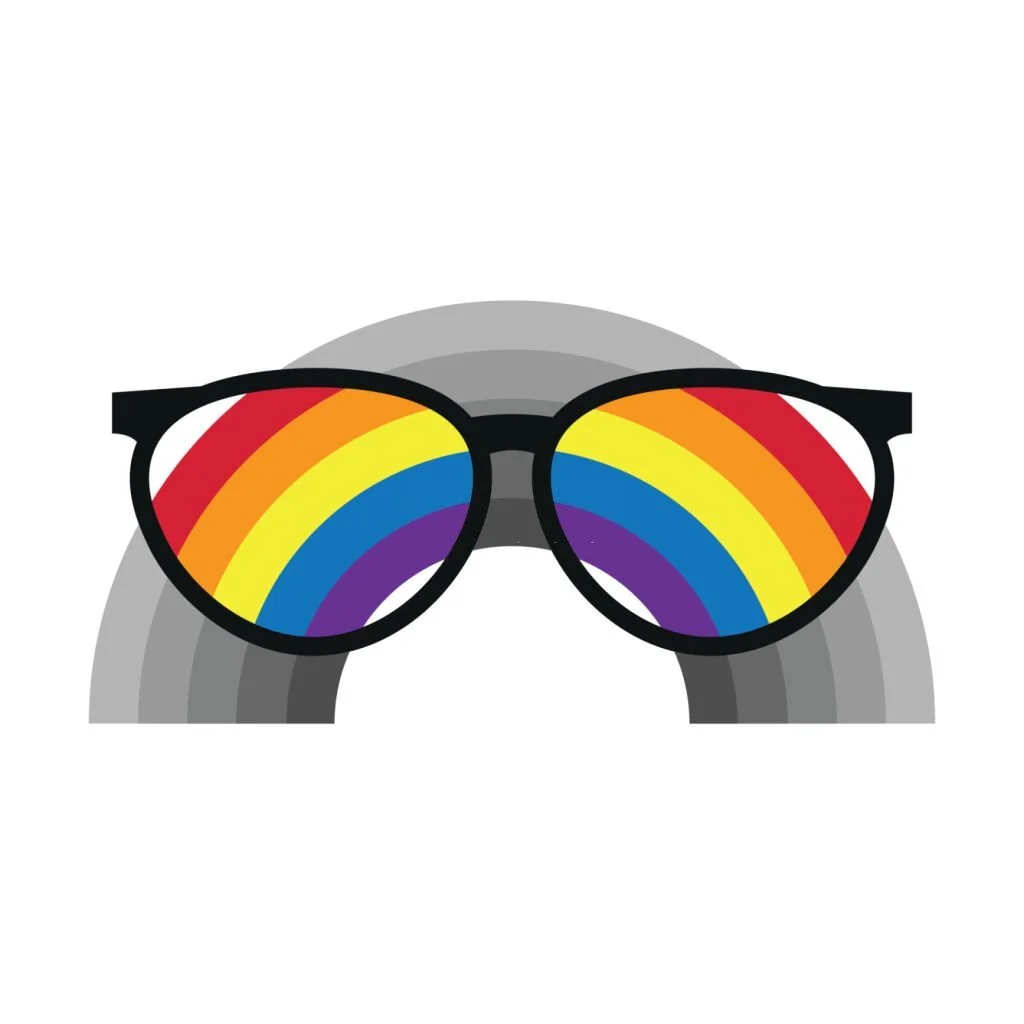Color Blind Test
### Color Blind Test Overview
#### What is Color Blindness?
Color blindness, or color vision deficiency, is when someone can't see colors the same way most people do. It doesn't mean you see everything in black and white (that's very rare), but you might have trouble distinguishing between certain colors, especially reds and greens, or blues and yellows.
#### Types of Color Blindness
1. **Red-Green Color Blindness**
- **Protanomaly**: Reds look duller, and it's harder to tell the difference between red and green.
- **Protanopia**: Reds are seen as black, and there's no difference between red and green.
- **Deuteranomaly**: Greens look duller, making it hard to differentiate between green and red.

- **Deuteranopia**: Greens are seen as beige, and there's no difference between green and red.
2. **Blue-Yellow Color Blindness**
- **Tritanomaly**: Blues look greener, and it's tough to tell yellow and red from pink.
- **Tritanopia**: Blues look green, and yellow looks like a light shade of red.
3. **Total Color Blindness**
- **Achromatopsia**: Seeing only in shades of gray, with no color at all. This is very rare.
#### Common Tests for Color Blindness
1. **Ishihara Test**
- This test uses a series of plates with dots in different colors and sizes. Within these dots, there's a number or shape that people with normal color vision can see, but those with color blindness can't.
2. **Anomaloscope**
- A device that requires you to match a yellow light by mixing red and green lights. The way you mix these lights can help diagnose the type and severity of color blindness.
3. **Farnsworth-Munsell 100 Hue Test**
- This test involves arranging colored discs in the correct order by hue. It measures how well you can distinguish between different colors.
4. **Online Color Blindness Tests**
- There are many online tests that simulate the Ishihara test and other assessments, giving you a quick idea if you might be color blind.
#### Importance of Color Blindness Testing
- **Early Detection**: Finding out early can help you adapt better and find ways to cope with the condition.
- **Career Guidance**: Some jobs need perfect color vision, so knowing about your color vision can help in making career choices.
- **Accessibility**: Understanding color blindness can lead to creating more inclusive designs in tech, education, and public services.
#### Living with Color Blindness
- **Adaptation**: Many people with color blindness come up with ways to distinguish colors, like using context clues or technology aids.
- **Assistive Tools**: There are apps that can identify colors for you and special lenses that can enhance color perception.
- **Awareness and Advocacy**: Educating others about color blindness helps promote understanding and encourages the creation of more accessible environments and products.
Color blindness affects many people worldwide, but with the right tools and knowledge, those with color vision deficiencies can navigate their world just as effectively as anyone else.
deck
By peter parker
deck
- 357